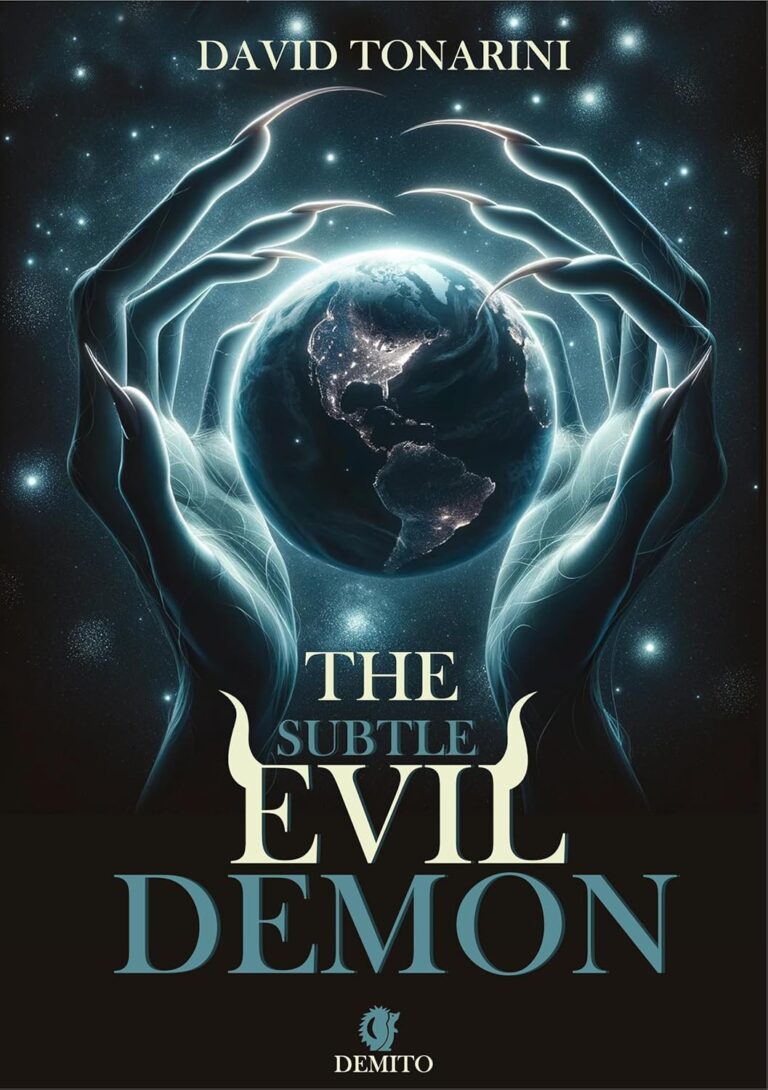I’d like you to imagine that I (or, even better, someone close to you, perhaps someone you love) called you stupid, bad, loser, ugly, worthless, and so on.
Now, I assume you would not be too glad to hear that. Which is why it is generally understood (although not practiced nearly as much), that it is not nice to judge others and label them in such a nasty way.
So far so good. Now, let’s suppose I (or, even better, someone close to you, perhaps someone you love) called you good, nice, successful, beautiful. That feels better, doesn’t it? However, I’d like to suggest there is a hidden trap here too.
While I’m not implying you shouldn’t be saying nice things to others (in fact, I wish we did say more nice things to each other), let’s discuss a couple of reasons why, although well intended, praising like this may be not as a good idea as it sounds.
What I really found troublesome with labels is that they kill our already very limited understanding of reality. Why? Well, the problem is that our human perception is in itself a pale shadow of all that is out there. Our brain filters the raw information coming from the senses. Most of what we normally perceive as “reality”, is actually a construction of our brain. And, according to all modern research, this construction is much more flawed and biased than even the most skeptical person would dare to imagine.
Moreover, our mental resources – the “computational power” of our brain, if you want – are limited.
In fact, in 1956 George A. Miller, published his research on this topic in what became one of the most highly cited papers in the history of psychology. His findings are pretty well summed up by the title of the paper itself: “The magical Number Seven, Plus or Minus Two”. Miller found that for the vast majority of people, the ability to store informations at any given time is limited to a pretty much fixed number of single informations. Basically, we have a fixed number of “slots”, in which we can store pieces of informations. For most people, Miller’s found, these slots are between 5 and 9, with 7 being the average (hence the name of the paper). This finding is often also referred to as Miller’s law. Interestingly, these informations can be of nearly any kind: names, numbers, complex object. It is even possible to “crunch” more informations in single slot. So, say, instead of remembering “banana”, “potato”, “salad”, thus filling three “slots”, you could crunch them together, for example in a visual way, or using a mental association, thus filling only one slot (i.e. the image of a banana and a salad playing football using a potato as the ball). There are few ways to do so, and this has been long recognized: in fact these kind of methods are used by mnemonic experts to increase their ability to remember things. But here we are not discussing about memory, so let’s move one. The take home message is simply that, once these slots are filled, your brain is “full”. You can bring in more informations only after you drop something that’s already in those slots. But there are clear limits on how much “stuff” your brain can handle simultaneously at any given point. And it is a very low limit, actually.
More recent research suggest that the Miller’s law is actually a bit optimistic, and that for more complex informations it averages more around 5 than 7. But, for the argument’s sake, let’s exaggerate a bit. In fact let’s assume you are among the top minds out here, so you’are at the upper range (9), and let’s round this to a nice 10. Which is a likely overestimation for most of us.

Good. Now, let me ask you this: if you think about your whole life, can you find ten bad things about yourself, such as instances in which you did, thought or said something bad? I am rather confident you said yes. But then, can you count ten nice things? I guess that’s also the case. Sure, people with over-inflated or overly poor self-esteem may find either of these exercises difficult, but I’m sure with the even slightest bit of objectivity this is an easy task. Same goes for stupid, intelligent, kind, nasty, selfish, altruistic, lazy things. I am sure you can find ten instances from your life you could have been described by either of those, if only you are honest enough. And I am sure if I asked you to think about any person to whom this wouldn’t apply, you would have a very hard time.
We have an inherently limited perception of reality. That’s someting we can’t escape. As a consequence, it is very difficult and it requires a great deal of hard work to really and thoroughly understand each other and to see other people for who they really are, instead of a mental construction we create about them. A human being is one of the most complex things in the universe. It is, simply put, too complex for us to understand completely.
That’s why, in my opinion, labels of all kind are troublesome. Any kind of label reduces an incredibly complex phenomenon – or, even more strikingly, an incredibly complex and vast sequence of incredibily complex phenomena – to a small and shallow set of cherry picked perception which fit the narrative of that label. It is like taking a marvelous piece of art, extract few pixels of it which match a given colour, and saying “that’s it, it’s beautiful” or “it’s ugly”. It is like taking a musical masterpiece, listen to a selection of ten notes, and say whether it is beautiful or ugly. The problem is not as much in which label we choose, and whether or not it is nice, and whether or not we agree with it. It is about taking an insignificant portion of a masterpiece, and make a judgement upon that while ignoring all the rest that’s beyond our judgement.

Therefore, in the end, I don’t think the problem with labels is that some of them don’t sound too nice to us. The problem of calling someone bad, ugly, stupid is not only that it may be hurtful, but also (and, to me, primarely) that it “kills” the complex reality of an individual by reducing “it” to a handful of shallow perceptions. Our life is a wonderful and complex painting full of different colors, shadows, mixtures. You are not “just” bad, nor good, nor stupid, nor intelligent. You are ALL of that. We all are. And it is nothing we should be ashamed of. It is life, and the source of its complexity and beauty. Taking a few dots out of that painting means blinding ourself, forever, to all that real complexity and beauty which can only be appreciated once we look at things are as a whole, instead of limiting our perception to any kind of labels.
Additionally, whenever we put a label on something we tend to see all about it from the perspective of that label. And we can easily become attached to it, because we identify ourselves (or others) with them. And that will drastically hinder about ability to change, learn and improve. The drive to learn and improve stems from noticing imperfection and incompleteness. What is there to learn or improve if we are already “good”, “intelligent”, “knowledgeable” or “wise”? That’s how even positive labels may negatively affect us, because we tend to become attached to them and fail to realise we are also their opposites, when it is from such opposites we can find our true self and full potential. As is often repeated on these pages: we can either be good or we can learn. Attachment to “positive” labels and avoidance of the “negative” ones comes inevitably in the way of learning.
Conclusion
I think we can all agree on the fact that judgement is bad, and most cultures have emphasized this in one way or an other. Yet, we often limit this to the unpleasantness of being judged badly by others. I would argue, however, that by learning to distance ourselves from all judgement (including those apparently positive ones), we can achieve not only a deeper understanding of the reality around us, but more importantly a more wholesome perception of the beauty around us in a non-judgemental and positive way.
What has been ugly, stupid, bad or painful in our life can become a source of beauty, when we look at it as part of the complex painting that is our soul. And the beauty, goodness or joy we can see by looking at things in isolation can become immensely greater, once it is connected to all the rest of this complex and beautiful masterpiece that is life.
I think this has been expressed beautifully by some verses in the Taoist classic book, the Tao Te Ching, which I like to translate as this:
The whole world is beauty, but when you look at it and call it beautiful, it becomes full of ugliness.
The whole world is a gift, but when you look at it and call it good, it become full of evil and turn into a burden.
These verses, to me, express very well the concepts descibed in this article, along with a few other perspectives on the concept of non-judgment, which will is one of the crucial aspects of the Sevenfold Path and will be discussed in several other articles.










+ There are no comments
Add yours